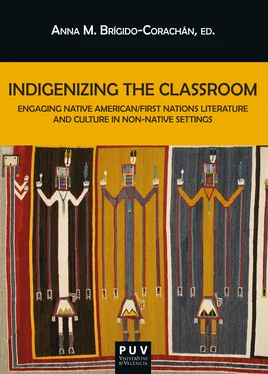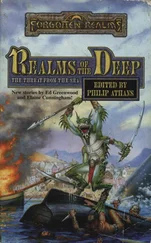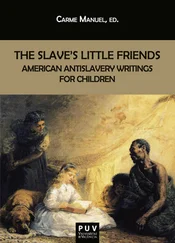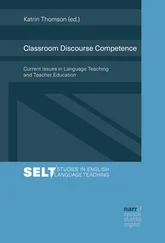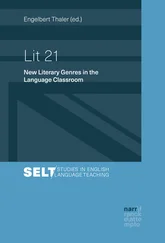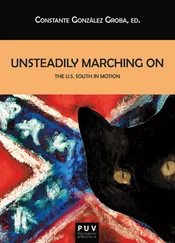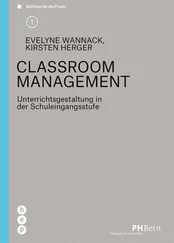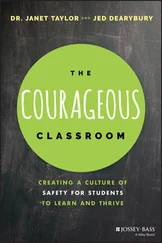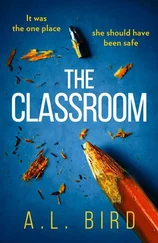Compounding this difficulty, Native North American literature rarely stands as a module in and of itself in most universities around the world, even in North America. It shares classroom space and student attention with other US, Canadian, minority, postcolonial, or world literatures. Native American/First Nations literature is most often introduced within US or North American literature survey courses, Postcolonial literature courses, or cross-disciplinary modules that engage history, anthropology, trauma, memory, law, or space in the Americas, among other topics and fields. And given the geographical and cultural broadness of such topics and fields, delving into the specific tribal context of each of the texts that are engaged in the classroom is imperative. This context includes tribal histories, epistemologies, critical perspectives, literary styles, cultural practices, religious ceremonies, or political and legal frameworks, among others, and to provide some pedagogical strategies towards this ultimate goal has been the aim of all the essays included in this collection.
In her pioneering critical and pedagogical anthology Studies in Native American Literatures , Paula Gunn Allen argued that Indigenous works should be always approached from a holistic perspective that establishes “context and continuity” as the leading threads (xi). To that end, considering the complexities of a classic term such as cultural relativism and helping our students acknowledge the very notion of culture as a flexible concept in a continuous state of change is always our starting point, which is necessary to challenge the cliché of the pre-modern Indian right from the first class. Following Allen, some of the themes and strategies that emerge in recent scholarly works aiming to Indigenize the curriculum in the Americas or in Aboriginal Oceania also place a strong emphasis on keeping a local/tribal focus while exploring traditional and contemporary Native views on identity, nature, hi/story, or ceremony, among others.
Today, most scholars agree that Native American, First Nations, and Indigenous literatures must be engaged from Indigenous-centered methodologies, discourses, and frameworks (Armstrong and Blaeser 1993, Womack 1999, Reder and Morra 2016), that is, from an “Indigenous-centered,” “Native-based,” or “Indigenously-engaged epistemology and pedagogy” (La Rocque in Reder and Morra 58), rather than a Western, universal, or pan-Native perspective. Western thought and the pedagogical practices that set it at its center have traditionally excluded Indigenous epistemologies and methodologies from academia but these two sets of discourses and approaches to knowledge are not, by any means, mutually exclusive. In fact, room must be made for both in US/Canadian and also in non-US/Canadian classrooms. As Devon Mihesuah and Angela Cavender Wilson argue in their poignant volume Indigenizing the Academy , we need to “carve a space where Indigenous values and knowledge are respected” and also help to “create an environment that supports research and methodologies useful to Indigenous nation building” (2).
In my 14-year experience within the Spanish academy, incorporating Indigenous perspectives and pedagogical strategies has certainly enriched our students’ understanding of the world, enhancing their awareness of other cultures and realities, making them more empathetic, mature, respectful, and globally-minded citizens. In many cases, such awareness of contemporary Native American realities, historical struggles, and worldviews has been transformational and led to a sustained commitment to cultural, epistemological, and linguistic diversity and, specifically, to Native North American cultures.
Key terms that have become integral to Native-centered theories and methodologies include the methodological triad we just referred to: context, a holistic approach to literature (Allen 1983), and tribal specificity or tribal-centered criticism (Armstrong and Blaeser in Armstrong 1993 and Womack 1999). In addition to these, other Indigenous concepts and worldviews that continue to shape and stir the field include the intrinsic power of story and storytelling styles (Momaday 1997), communitism (Weaver 1997), intellectual sovereignty (Warrior 1995), the ethics of caring and interdependence (Whyte and Cuomo 2016), land-based pedagogy and solidarity (Wildcat et al. 2014), or responsibility and ethical engagement (McKegney in Reder and Morra 79). Such interconnected and holistic view of knowledge straddles all fields of life and experience and includes other-than-human perceptions, languages, and needs, all of which must be taken into account.
The compilation of chapters we present in this book respectfully follows the tracks of many inspiring pedagogical anthologies and ongoing critical work. Paula Gunn Allen’s pioneering Studies in American Indian Literature: Critical Essays and Course Designs (1995) continues to be a great source of ideas, activities, and examples. Contributors to this early volume strongly emphasized the need to rely on and teach specific cultural contexts alongside the required literary readings, whether these were part of traditional American Studies survey courses or modules that focused on US ethnic or North American Indian literatures.
Teachers in North American and foreign institutions seeking to incorporate Native American, First Nations, and Indigenous literatures into their curriculum should also consider two essential works which stress such interconnected and Indigenous-centered view of knowledge. These are Linda T. Smith’s Decolonizing Methodologies (1999) and Reder and Morra’s recent compilation of essays Learn, Teach, Challenge. Approaching Indigenous Literatures (2016).
In her groundbreaking book Decolonizing Methodologies: Research and Indigenous Peoples (1999), Maōri scholar Linda Tuhiwai Smith identifies several decolonizing principles that should guide our research and, by extension, our teaching practice when engaging Indigenous cultures. These are articulated around four main areas: “survival, recovery, development, and self-determination,” all of which aim to validate Indigenous systems of knowledge, to mobilize and heal Indigenous communities, and to transform Western-based research practices around the world (116). Smith’s decolonizing tenets vindicate the inclusion of Indigenous concepts, practices, and methods such as testimonies, storytelling, remembrance, revitalization, representation, reframing, protection, connection, or intervention, ultimately aiming to achieve cultural and socio-economic restitution and political self-determination for all Indigenous peoples around the world.
Deanna Reder and Linda M. Morra’s anthology Learn, Teach, Challenge. Approaching Indigenous Literatures provides a comprehensive view of foundational terms that lay at the roots of contemporary Native American and Indigenous Canadian literary criticism and that are coherently articulated following a Native-centered perspective. This casebook can be of strategic assistance to those lecturers, both veteran and new to the field, ready to engage Native North American literature in their modules and institutions. The anthology contains key essays that have become canonical in the field and new approaches that nicely converse with and complement these classics. The volume is organized around key pedagogical areas such as the importance of one’s positioning (that is, situating yourself as a scholar in relation to this material), self-reflection, commitment, and ethical engagement. It also emphasizes the need to reimagine Native cultures “beyond images and myths” (112), and to consider Indigenous literary perspectives, approaches, and styles. Other relevant areas of interest include ethical criticism, storytelling, alliances, collaboration, or reconciliation.
Читать дальше
